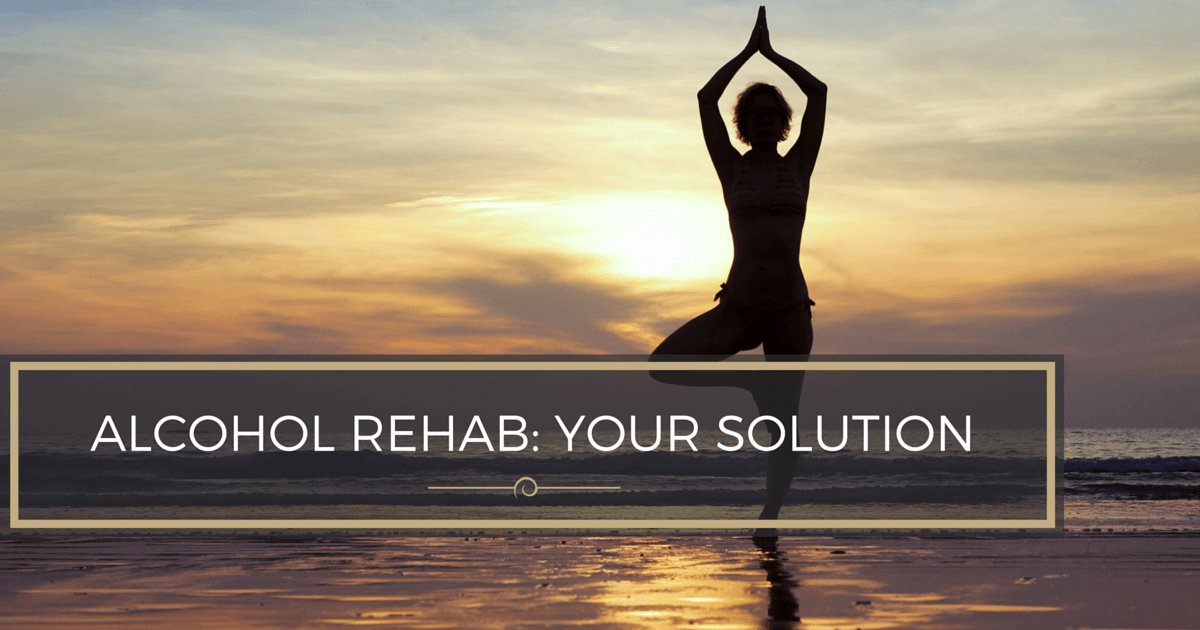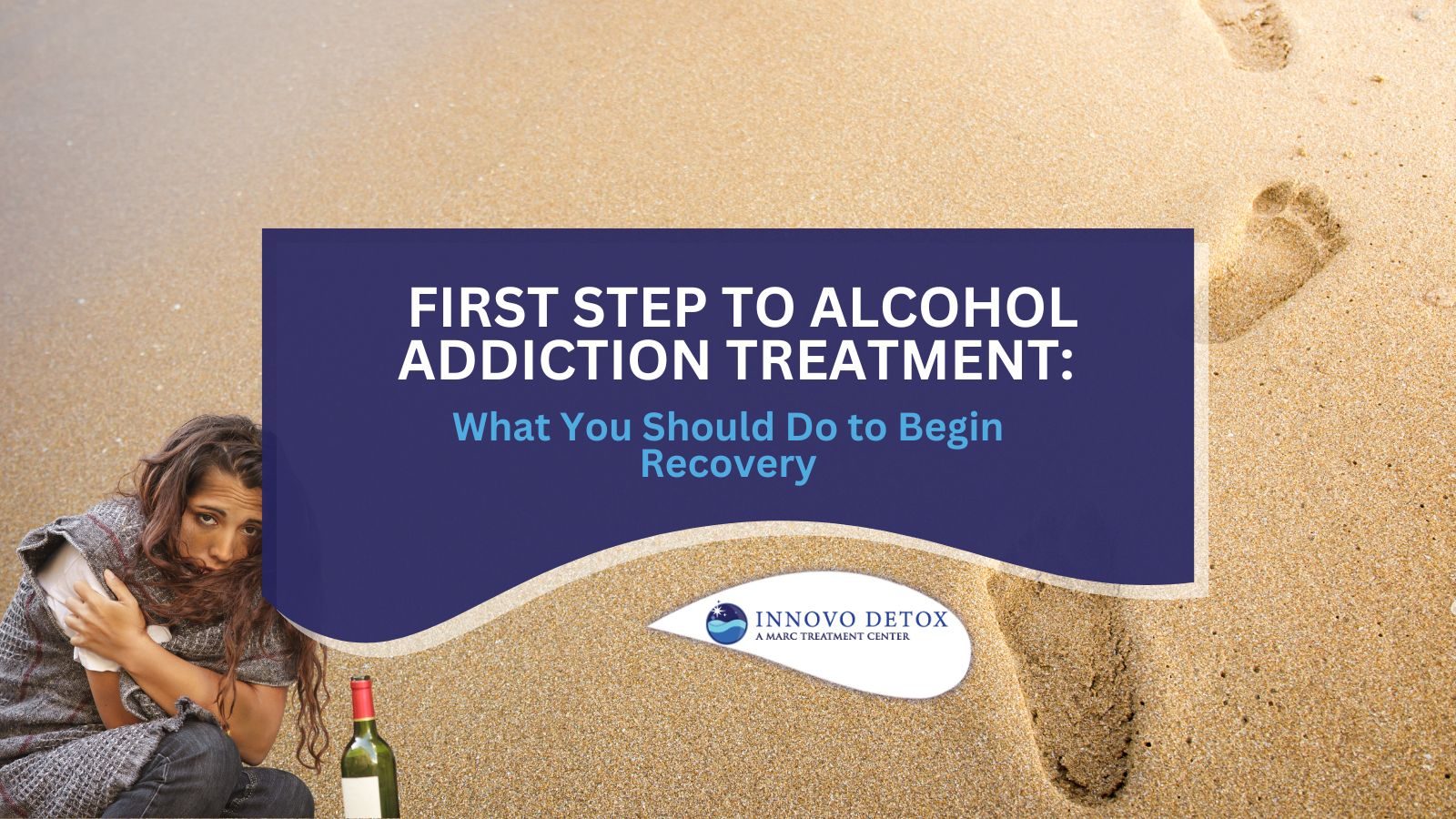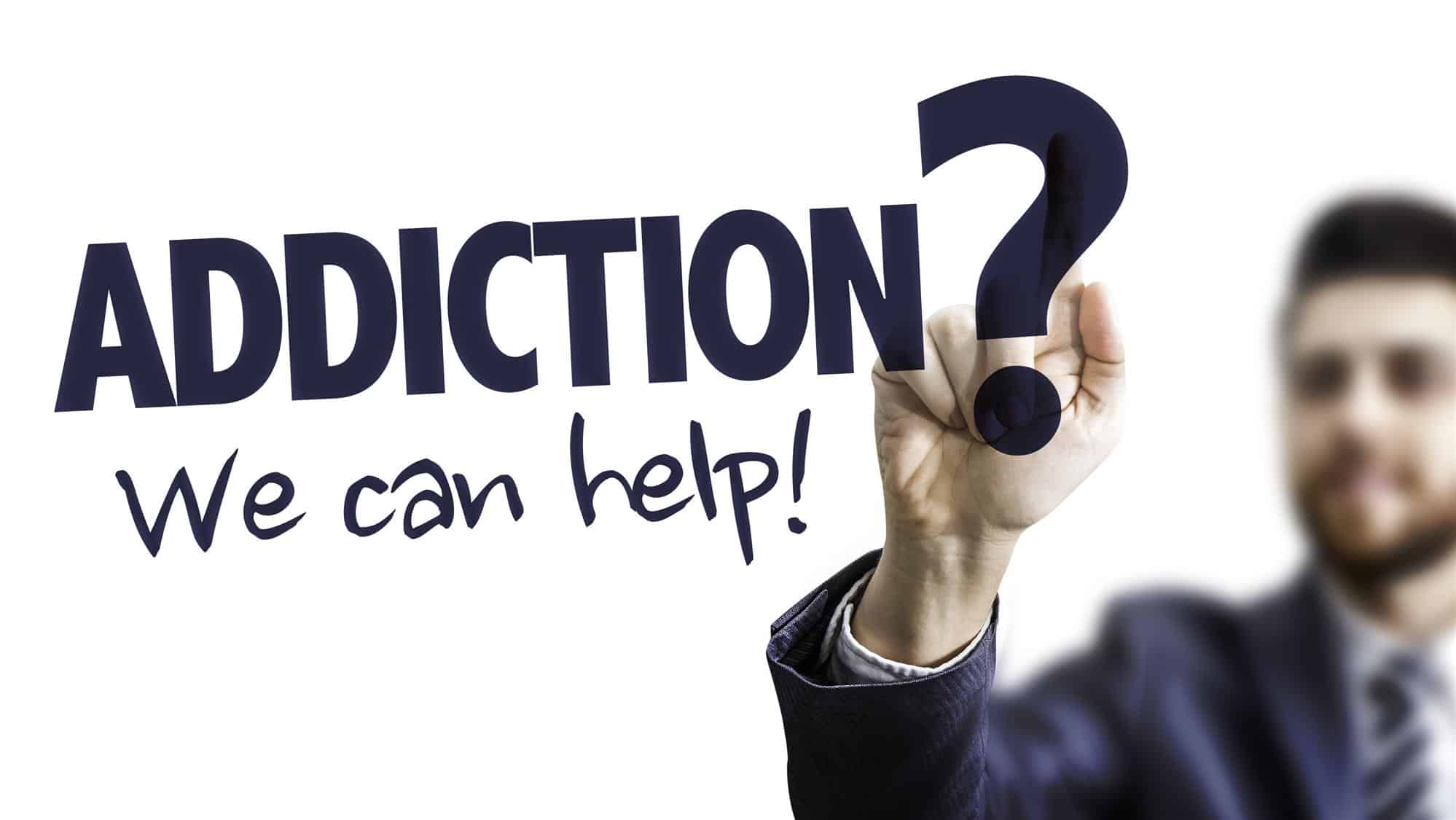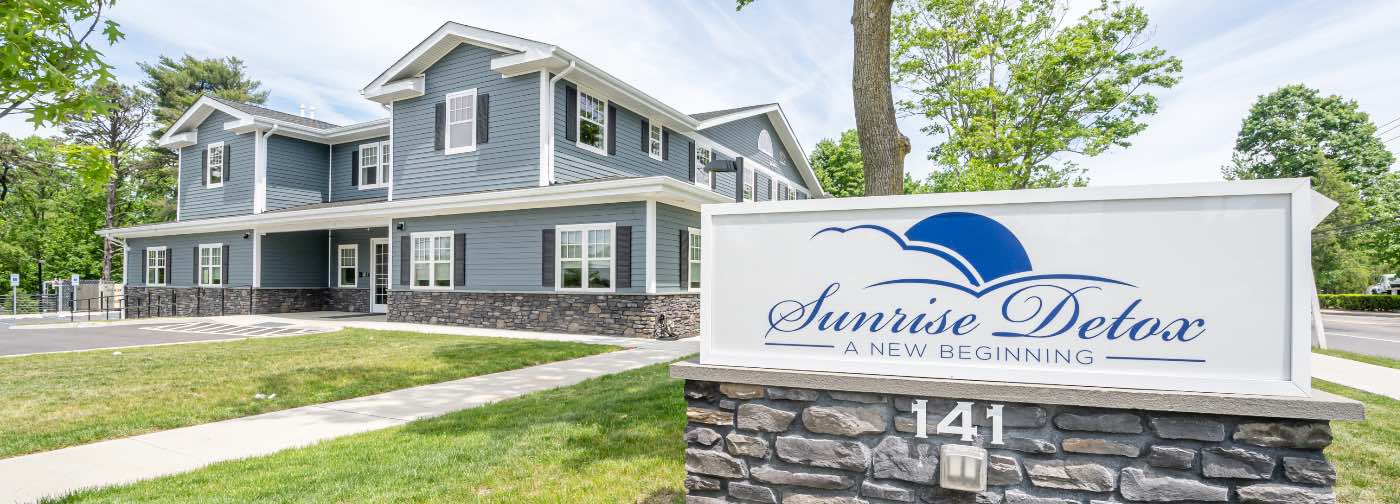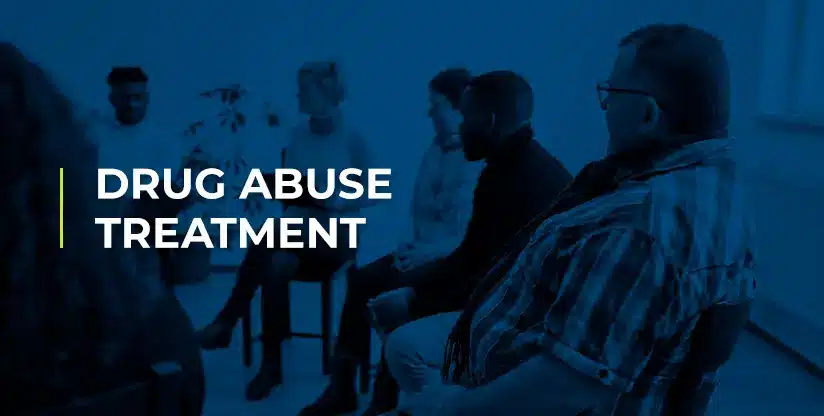
Why Understanding Drug Abuse Treatment Matters
Drug abuse treatment is a structured approach to help individuals overcome substance use disorder (SUD) and reclaim their lives. If you or a loved one needs help, understanding the core components is the first step.
Key Treatment Components:
- Medical Detoxification
- Medication-Assisted Treatment (MAT)
- Behavioral Therapies
- Custom Levels of Care (Inpatient, Outpatient, etc.)
- Co-occurring Disorder Treatment
- Ongoing Support & Aftercare
Addiction is a chronic, treatable brain disease, not a moral failing. Like other chronic conditions such as diabetes or heart disease, it requires ongoing management, but recovery is absolutely possible with the right support. Treatment success depends on matching the approach to the person. For example, opioid addiction is best treated with medication and therapy, while stimulant addiction relies on behavioral therapies.
Relapse doesn’t mean failure. It’s a sign that treatment needs to be adjusted, which is common for chronic illnesses. At Addiction Helpline America, our specialists provide 24/7 confidential guidance to help you find effective, personalized drug abuse treatment options.

Drug abuse treatment terms to learn:
Understanding Substance Use Disorder (SUD)
Substance Use Disorder (SUD) is a widely misunderstood medical condition affecting millions. Understanding what it is and how it develops is the first step toward effective drug abuse treatment.
What is Substance Use Disorder?
Not all drug use is an addiction. SUD develops when a pattern of substance use becomes compulsive and negatively impacts a person’s health and life. Addiction is a chronic brain disease, not a character flaw. Repeated use of substances like opioids or alcohol changes the brain’s reward system, creating a powerful cycle of compulsive drug-seeking behavior. As the National Institute on Drug Abuse (NIDA) explains, these brain changes can be long-lasting, which is why addiction is a relapsing disease. However, it is a medical condition that responds to treatment.
Common Substances and Signs of SUD
SUD can develop with many substances, including alcohol, opioids (heroin, fentanyl), stimulants (cocaine, meth), cannabis, nicotine, and benzodiazepines (Xanax). Recognizing the warning signs is key:
- Behavioral: Taking more than intended, unsuccessful attempts to quit, neglecting responsibilities, and continued use despite relationship problems.
- Physical: Developing tolerance (needing more for the same effect) and experiencing withdrawal symptoms (nausea, sweating, mood changes) when not using.
- Psychological: Intense cravings, mood swings, anxiety, and paranoia.
For a more detailed look, see our guide on signs and symptoms.
Contributing Factors and Health Risks
SUD is caused by a combination of factors, including genetics, environment (stress, peer pressure), and mental health. People with depression, anxiety, or PTSD are more likely to develop SUD, often as a form of self-medication. This “dual diagnosis” requires integrated treatment that addresses both issues. Learn more about Addiction and Mental Health.
The health risks of untreated SUD are severe, ranging from immediate dangers like overdose to long-term consequences like organ damage, heart disease, and infectious diseases (HIV, hepatitis).
How SUD is Professionally Diagnosed
A healthcare professional diagnoses SUD through a comprehensive evaluation, not a single test. They use criteria from the DSM-5 (Diagnostic and Statistical Manual of Mental Disorders). A diagnosis requires at least two specific symptoms over a 12-month period. The number of symptoms determines the severity (mild, moderate, or severe), which helps create a personalized drug abuse treatment plan.
Core Principles of Effective Drug Abuse Treatment
Effective drug abuse treatment is a comprehensive approach built on proven principles. At Addiction Helpline America, we connect you with programs that follow these best practices to support lasting recovery.
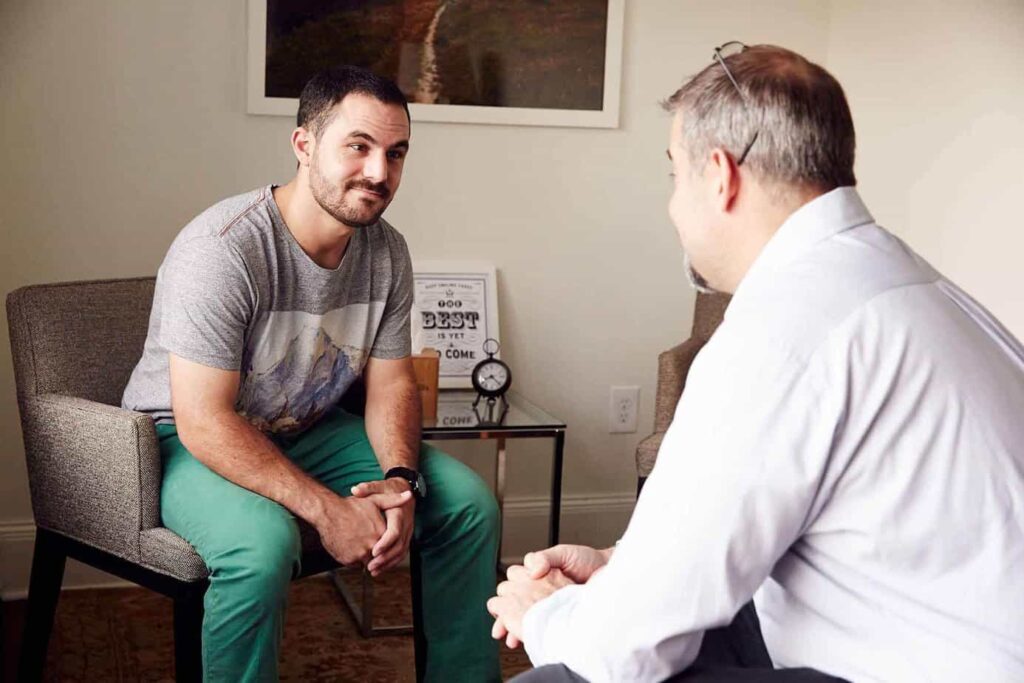
Individualized Treatment Plans
Effective treatment is not one-size-fits-all; it must be customized to the individual. A plan should consider the specific substance used, physical and mental health, and social challenges. Patient-centered care means your preferences and goals guide the plan. For example, opioid addiction treatment often combines medication and therapy, while stimulant addiction relies mainly on behavioral approaches because no medications are currently available.
Levels of Care: From Detox to Outpatient
Recovery is a journey with different levels of care to match your needs:
- Medical Detox: The first step for many, providing safe, medically supervised management of withdrawal symptoms. Learn more in our Detox Near Me Guide.
- Inpatient Programs: 24/7 structured care in a hospital, ideal for severe addiction or co-occurring medical conditions. Our Inpatient Drug Rehab Programs Guide has more details.
- Residential Treatment: Live-in care in a supportive, home-like setting, typically for 30-90 days or more.
- Partial Hospitalization (PHP) & Intensive Outpatient (IOP): These programs offer intensive treatment during the day while allowing you to live at home, providing a step-down from inpatient care.
Medication-Assisted Treatment (MAT)
MAT combines FDA-approved medications with counseling and therapy. It is a highly effective, evidence-based approach for opioid, alcohol, and nicotine addiction. Medications like buprenorphine (for opioids) or naltrexone (for alcohol) work by reducing cravings and withdrawal symptoms, which helps prevent relapse and overdose. MAT provides the stability needed to engage in therapy and rebuild one’s life. You can learn more in our guide on What is Medication Assisted Treatment?
The Role of Behavioral Therapies
Behavioral therapies are the foundation of drug abuse treatment, teaching practical skills to manage cravings and avoid relapse.
- Cognitive-Behavioral Therapy (CBT): Helps you identify and change negative thought patterns that lead to substance use.
- Motivational Interviewing: A collaborative approach to strengthen your own motivation to change.
- Family Therapy: Involves family members to repair relationships and build a supportive home environment.
These interventions create lasting change, as shown by the science of addiction treatment.
Treating Co-Occurring Mental Health Conditions
It is common for addiction to co-occur with mental health conditions like depression, anxiety, or PTSD. This is known as a dual diagnosis. Effective treatment must be integrated, addressing both the addiction and the mental health disorder simultaneously. Treating one without the other significantly increases the risk of relapse. Our resource on Addiction and Mental Health explores this vital connection.
Introduction
Our exploration into “drug abuse treatment” starts with what it is: a structured path to help people overcome Substance Use Disorder (SUD) and regain control of their lives.
Key Treatment Components:
- Medical Detoxification
- Medication-Assisted Treatment (MAT)
- Behavioral Therapies
- Custom Levels of Care
- Co-occurring Disorder Treatment
- Ongoing Support
Addiction is not a moral failing. It is a chronic, treatable brain disease, and recovery is possible. Relapse is not failure; it signals the need to adjust or resume care.
At Addiction Helpline America, our specialists provide 24/7 free, confidential guidance to match you with personalized drug abuse treatment options that fit your needs.
Drug abuse treatment terms to learn:
Understanding Substance Use Disorder (SUD)
Substance Use Disorder (SUD) is a medical condition that disrupts health and quality of life. Knowing what it is and how it’s treated is the first step toward effective drug abuse treatment.
What is Substance Use Disorder?
SUD is more than occasional use; it involves compulsive use despite harm. Addiction is a chronic brain disease driven by changes in the reward system. As the National Institute on Drug Abuse (NIDA) explains, these changes can persist but respond to treatment.
Common Substances and Signs of SUD
Common substances include alcohol, opioids, stimulants, cannabis, nicotine, and benzodiazepines. Watch for:
- Behavioral: Using more than intended, failed attempts to cut down, neglecting responsibilities, risky use.
- Physical: Withdrawal (nausea, sweating, mood changes) and tolerance (needing more for the same effect).
- Psychological: Cravings, mood swings, anxiety, continued use despite problems.
See our guide on signs and symptoms.
Contributing Factors and Health Risks
Risk stems from genetics, environment (peer use, early exposure), and co-occurring mental health issues. Dual diagnosis requires integrated drug abuse treatment. Learn more about addiction and mental health. Untreated SUD can lead to overdose, organ and cardiovascular damage, and infectious disease risk.
How SUD is Professionally Diagnosed
Clinicians use a comprehensive assessment and DSM-5 criteria. Meeting 2 or more criteria within 12 months leads to a diagnosis, with severity (mild, moderate, severe) guiding the drug abuse treatment plan.
Core Principles of Effective Drug Abuse Treatment
Effective drug abuse treatment relies on individualized, evidence-based care that addresses the whole person.
Individualized Treatment Plans
- No one-size-fits-all: Approaches vary by substance and person.
- Match to substance: Opioid use disorder often pairs medication with therapy; stimulant use disorder leans on behavioral therapies.
- Whole-person focus: Medical, mental health, housing, employment, and family supports matter.
- Patient-centered: Goals, preferences, and readiness for change guide care.
Levels of Care: From Detox to Outpatient
| Level of Care | Description |
|---|---|
| Medical Detoxification | Medically supervised withdrawal for safety and comfort; inpatient or outpatient. See Detox Near Me Guide. |
| Inpatient Programs | 24/7 hospital-based care for severe/complex needs. See Inpatient Drug Rehab Programs Guide. |
| Residential Treatment | Live-in, structured, non-hospital setting with intensive therapy. |
| Partial Hospitalization Programs (PHP) | Day treatment with evening return home. |
| Intensive Outpatient Programs (IOP) | Several therapy hours weekly; flexible for work/school. |
| Outpatient Programs | Scheduled therapy while living at home; least restrictive. |
Medication-Assisted Treatment (MAT)
Combines FDA-approved medications with counseling.
- Opioids: Methadone, Buprenorphine, Naltrexone reduce cravings and overdose risk.
- Alcohol: Naltrexone, Acamprosate, Disulfiram support abstinence.
- Nicotine: NRT, Bupropion, Varenicline aid quitting.
- Medications stabilize patients so therapy can work.
Learn more: What is Medication Assisted Treatment?
The Role of Behavioral Therapies
- CBT: Build skills to recognize triggers and cope.
- Motivational Interviewing: Strengthen motivation for change.
- Contingency Management: Positive reinforcement for recovery behaviors.
- Family Therapy: Improve communication and support.
See the science of addiction treatment.
Treating Co-Occurring Mental Health Conditions
Dual diagnosis is common (e.g., depression, anxiety, PTSD). Integrated care that treats both the mental health condition and SUD at the same time lowers relapse risk. Explore Addiction and Mental Health.
Core Principles of Effective Drug Abuse Treatment
Effective drug abuse treatment is built on a foundation of proven principles that address the complex nature of addiction. Our goal at Addiction Helpline America is to connect you with programs that adhere to these best practices, ensuring you receive the highest quality of care.
Individualized Treatment Plans
One of the most critical principles of effective drug abuse treatment is that no single approach works for everyone. Treatment must be custom to address each patient’s unique drug use patterns, as well as their related medical, mental, and social problems.
- No one-size-fits-all approach: What works for one person with an opioid addiction might not be suitable for another struggling with alcohol.
- Tailoring treatment to substance type: As noted in our introduction, opioid addiction often benefits from medication combined with behavioral therapy, while stimulant or cannabis addiction relies primarily on behavioral therapies.
- Addressing medical, mental, and social needs: Comprehensive care considers all aspects of a person’s life, including physical health, mental well-being, housing, employment, and family relationships.
- Patient-centered care: The individual’s preferences, goals, and stages of change should guide the treatment plan.
Levels of Care: From Detox to Outpatient
The journey through drug abuse treatment often involves various levels of care, each designed to meet specific needs at different stages of recovery.
| Level of Care | Description |
|---|---|
| Medical Detoxification | The first crucial step, involving medically supervised withdrawal from substances. This ensures safety and comfort as the body rids itself of drugs. Some individuals can safely detox on an outpatient basis, while others require inpatient or residential settings. You can find more information in our Detox Near Me Guide. |
| Inpatient Programs | Provide 24/7 medical supervision and structured therapeutic environments, often in a hospital setting. This is ideal for severe SUDs or those with complex medical or mental health needs. Explore our Inpatient Drug Rehab Programs Guide. |
| Residential Treatment | Offers a structured, non-hospital environment where individuals live at the facility and participate in intensive therapy and support. It provides a safe, drug-free space away from triggers. |
| Partial Hospitalization Programs (PHP) | Often called “day treatment,” PHPs provide intensive therapy during the day, typically 5-7 days a week, allowing patients to return home in the evenings. |
| Intensive Outpatient Programs (IOP) | Less intensive than PHP, IOPs offer several hours of therapy a few days a week, providing flexibility for work, school, or family commitments. |
| Outpatient Programs | The least restrictive level, offering scheduled therapy sessions while individuals live at home and maintain their daily routines. Suitable for mild SUDs or as a step-down from more intensive care. |
Medication-Assisted Treatment (MAT)
Medication-Assisted Treatment (MAT) combines FDA-approved medications with counseling and behavioral therapies. It’s a highly effective approach, especially for certain types of SUD, and is considered a first-line treatment for opioid addiction.
- FDA-approved medications: These medications help manage withdrawal symptoms, reduce cravings, and prevent relapse.
- Opioid addiction: Medications like Methadone, Buprenorphine (often combined with naloxone as Suboxone), and Naltrexone are vital for treating opioid use disorder. They reduce craving and may help avoid relapse, though they don’t “cure” the addiction. In an opioid overdose, naloxone can temporarily reverse the effects.
- Alcohol addiction: Naltrexone, Acamprosate, and Disulfiram are commonly used to help individuals reduce alcohol consumption and maintain abstinence.
- Nicotine addiction: Nicotine replacement therapies (patches, gum), Bupropion, and Varenicline can assist in quitting tobacco.
- Reducing cravings and preventing overdose: Medications play a critical role in stabilizing individuals, making them more receptive to behavioral therapies.
Our guide on What is Medication Assisted Treatment? provides more detailed insights into this powerful approach.
The Role of Behavioral Therapies
Behavioral therapies are the cornerstone of most drug abuse treatment programs. They help individuals change their attitudes and behaviors related to drug use, equipping them with essential coping skills.
- Cognitive-Behavioral Therapy (CBT): Helps patients identify and correct problematic behaviors by learning to recognize, avoid, and cope with situations where they are most likely to use drugs.
- Motivational Interviewing (MI): Helps individuals resolve ambivalence about engaging in treatment and stopping drug use.
- Contingency Management (CM): Uses positive reinforcement (e.g., vouchers or small cash rewards) for desired behaviors, such as negative drug tests.
- Family therapy: Involves family members to improve communication, support, and address familial issues that may contribute to substance use.
- Developing coping skills: These therapies teach patients how to handle stressful situations, manage triggers, and develop healthier ways to respond to life’s challenges.
NIDA’s resource on the Science of Drug Use: A Resource for the Justice Sector highlights the importance of these therapies.
Treating Co-Occurring Mental Health Conditions
It’s common for individuals with SUD to also experience mental health conditions such as depression, anxiety, or PTSD. This is known as a “dual diagnosis” or co-occurring disorders.
- Dual diagnosis: When someone has both a mental health disorder and a substance use disorder. People with other mental health problems, such as depression, are more likely to become addicted to drugs.
- Integrated treatment importance: For successful recovery, it’s crucial to address both conditions simultaneously and in an integrated manner. Treating one without the other often leads to relapse in both.
- Depression, Anxiety, PTSD: These are just a few examples of mental health issues that frequently co-occur with SUDs, complicating the recovery process but making integrated care even more vital.
Our article on Addiction and Mental Health offers further exploration into this critical area.
The Journey of Recovery: Managing a Chronic Condition
Recovery from SUD is a profound, lifelong process that requires dedication, support, and continuous effort.

Can Addiction Be Cured?
Addiction cannot be “cured” in the traditional sense, but it is a manageable chronic illness, much like diabetes or asthma. The goal of drug abuse treatment is not a quick fix but to achieve remission and build a productive, fulfilling life. Research shows that relapse rates for SUD are similar to those for other chronic diseases, which underscores the need for ongoing management. With effective treatment, individuals can counteract addiction’s powerful effects on the brain and regain control of their lives.
Understanding and Managing Relapse
A relapse is a return to substance use after a period of abstinence. Relapse is not a sign of failure. The chronic nature of addiction means relapse can be part of the process, signaling that the treatment plan needs adjustment.
One of the most powerful tools in preventing relapse is identifying triggers—the situations, people, or emotions that provoke cravings. Drug abuse treatment teaches you to recognize your triggers and develop healthy coping strategies to manage them. This might include calling a sponsor, practicing mindfulness, or reaching out to your support network.
If a relapse occurs, the most important thing is to resume treatment immediately. Don’t let shame or guilt stop you from getting back on track. Every day of recovery counts.
Finding Help and Preventing Substance Abuse
Finding the right support and implementing prevention strategies are crucial steps in addressing SUD. At Addiction Helpline America, we’re dedicated to guiding you through this process with compassion and expertise.
How to Find Quality Drug Abuse Treatment
The journey to recovery starts with finding effective drug abuse treatment. Here’s what to look for:
- Accreditation and Licensing: Look for centers licensed by the state and accredited by bodies like The Joint Commission or CARF. This ensures they meet high standards of care.
- Evidence-Based Care: Ask about the therapies offered, staff qualifications, and aftercare planning. Ensure they provide integrated treatment for co-occurring mental health conditions.
- Trusted Resources: The federal government’s FindTreatment.gov website is a comprehensive directory of treatment facilities.
If a loved one is resistant to help, a planned intervention can be a turning point. Our guide on How to Stage an Intervention can help you prepare for this conversation.
The Importance of Support Systems
No one recovers alone. Strong support systems are invaluable.
- Family Involvement: Family therapy helps heal relationships and creates a supportive home environment for recovery.
- Peer Support: Connecting with others who have similar experiences reduces isolation. 12-Step groups like Alcoholics Anonymous (AA) and Narcotics Anonymous (NA), as well as non-12-step groups like SMART Recovery, offer community and accountability.
- Building a Sober Network: Surrounding yourself with supportive, sober individuals is crucial for long-term success.
For a comprehensive guide to finding help, check out our Free Addiction Support: Complete Guide.
Strategies for Drug Abuse Treatment and Prevention
Prevention strategies can help stop substance use problems before they start.
- Education: Honest, science-based information about the risks of drug use helps people make informed decisions.
- Prescription Safety: Take medications only as prescribed and dispose of unused pills safely. The FDA provides guidelines on How to Safely Dispose of Unused or Expired Medicine.
- Healthy Coping Mechanisms: Developing healthy ways to manage stress, like exercise or hobbies, reduces the likelihood of turning to substances.
- Community Initiatives: Evidence-based programs in schools and communities are effective in preventing addiction. NIDA offers resources on Drug Use and Addiction: Prevention.
Frequently Asked Questions about Drug Abuse Treatment
We understand that considering drug abuse treatment brings up many questions. Here are answers to some of the most common concerns.
How long does drug rehab last?
There’s no single answer, as the duration of drug abuse treatment depends on individual needs, the substance used, and the severity of the SUD.
- Typical Program Lengths: Initial programs often last 30, 60, or 90 days.
- Better Outcomes: Research shows that longer treatment durations—generally 90 days or more—lead to more successful long-term outcomes.
- Aftercare: Recovery is an ongoing process. Aftercare, including therapy and support groups, is a critical component that can last for months or even years to help maintain sobriety.
What happens after the initial treatment program ends?
Completing a program is a major achievement, but it’s the beginning of the recovery journey, not the end. Aftercare is crucial for preventing relapse.
- Sober Living Homes: These residences offer a supportive, drug-free environment to practice new skills while transitioning back to daily life.
- Ongoing Therapy: Continuing with individual or group therapy helps you steer challenges and reinforces coping skills.
- Support Groups: Regular attendance at groups like AA, NA, or SMART Recovery provides vital peer support and accountability.
- Alumni Programs: Many treatment centers offer programs to keep former patients connected and supported.
How much does drug abuse treatment cost?
Cost is a common concern, but treatment is more accessible than many people realize.
- Cost Variation: Inpatient programs cost more than outpatient options due to 24/7 care and housing.
- Insurance Coverage: The Affordable Care Act and other parity laws require most private insurance plans, as well as Medicaid and Medicare, to cover substance use disorder treatment. We can help you verify your benefits.
- Affordable Options: Many facilities offer sliding-scale fees based on income. There are also free or low-cost state-funded drug abuse treatment programs. Our Free Drug Treatment Centers: Complete Guide provides more information.
Cost should never be a barrier to seeking help. The cost of untreated addiction is always higher.
Take the First Step Toward Recovery
If there’s one thing to take away, it’s this: addiction is a treatable disease, not a moral failing. Recovery is not just possible—it’s happening every day for people across the country.
Drug abuse treatment works. When people receive individualized, evidence-based care, they can and do recover. The journey requires ongoing effort, and a relapse is not a failure but a sign to reconnect with your treatment team and adjust your approach.
The most important step is the first one: reaching out for help. We know how overwhelming it can be to steer treatment options, which is why Addiction Helpline America exists.
Our team of specialists provides free, confidential, personalized guidance to help you find the right program from our vast network of treatment centers. Whether you need detox, inpatient, or outpatient care, we are here to guide you.
You don’t have to figure this out alone. Recovery starts with one conversation.
Call our Addiction and Rehab Hotlines today to connect with compassionate support and begin your journey to a healthier, substance-free life. We’re available 24/7.
Our helpline is 100%
free & confidential
If you or someone you care about is struggling with drug or alcohol addiction, we can help you explore your recovery options. Don’t face this challenge alone—seek support from us.
Programs
Resources
Will my insurance
cover addiction
treatment?
We're ready to help
Find the best
drug or alcohol treatment
center
Are you or a loved one struggling with addiction? Call today to speak to a treatment expert.



